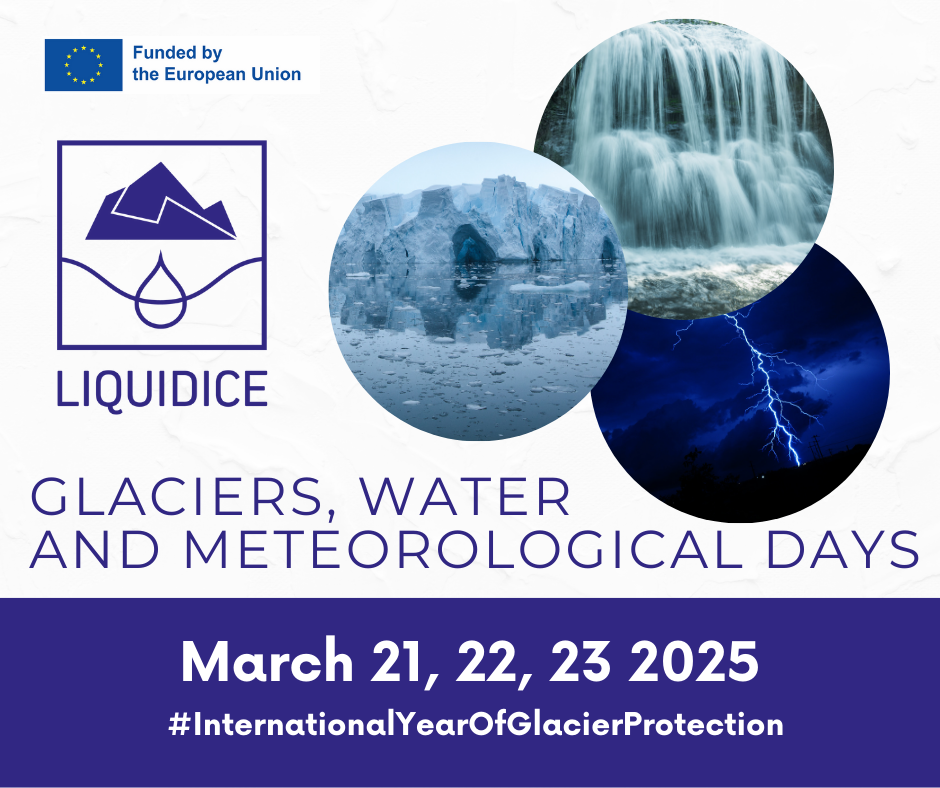Glaciers play a critical role in regulating the global climate and supplying freshwater to billions of people. However, climate change is causing these vital ice reserves to melt at an alarming rate, posing a significant threat to ecosystems and communities worldwide.
To address this urgent issue, the United Nations has declared 2025 as the International Year of Glaciers’ Preservation (IYGP 2025) and established March 21 as the World Day for Glaciers. This initiative aims to raise global awareness about the essential role of glaciers, snow, and ice in the climate system and the far-reaching economic, social, and environmental consequences of their loss.
World Water Day, celebrated annually on March 22 since 1993, is a United Nations initiative dedicated to highlighting the significance of freshwater. This day serves to celebrate water and draw attention to the 2.2 billion people who lack access to safe drinking water. It aims to inspire action to address the global water crisis.
This year’s United Nations World Water Development Report published by UNESCO on behalf of UN-Water is entitled “Mountains and glaciers Water towers.” It reveals the extent to which climate disruption, biodiversity loss, and unsustainable activities are transforming mountain environments at an unprecedented rate, threatening the water resources upon which billions of people and countless ecosystems depend. There is now an urgent need for international cooperation and adaptation strategies and actions to face the unfolding crisis in our mountains and glaciers.
| “Regardless of where we live, we all depend in some way on mountains and glaciers. But these essential natural water towers are facing imminent peril,” said Audrey Azoulay, Director-General of UNESCO. “This report demonstrates the urgent need for action and that the most effective solutions require a multilateral approach.” |
Mountain regions, home to many of the world’s major glaciers, function as natural water towers, providing freshwater and ecosystem services to both local and downstream populations. Protecting these fragile environments is crucial for preserving biodiversity, mitigating climate change, supporting mountain communities, and ensuring long-term water security.
The mountain cryosphere, including glaciers and seasonal snow cover, is highly sensitive to global climate change. Mountains contribute significantly to surface runoff due to higher precipitation and lower evaporation, while glaciers store and release water over long periods. However, seasonal snowmelt plays a larger role in maintaining river flow than glacier melt in most high-altitude regions.
Rising global temperatures are accelerating glacier melt, reducing snow cover, thawing permafrost, and increasing extreme weather events. These changes are making mountain water flows more unpredictable, affecting water availability, quality, and sediment transport downstream. Additionally, air pollution, soot, and microbial growth on ice surfaces are accelerating melt by reducing reflectivity.
Climate change is also intensifying natural hazards such as floods, landslides, avalanches, and glacial lake outburst floods, posing serious risks to communities, ecosystems, and infrastructure. The increasing instability of mountain environments underscores the urgent need for monitoring and adaptation strategies.
The combination of above mentioned World Day for Glaciers (March 21) and World Water Day (March 22) is supplemented by the World Meteorological Day (March 23), as meteorological observations are the fundamental baseline for all in-situ observations planned in the LIQUIDICE project. World Meteorological Day is observed annually on March 23 to mark the establishment of the World Meteorological Organization (WMO) on this day in 1950. This day highlights the crucial role of National Meteorological and Hydrological Services in ensuring public safety and well-being. It is celebrated worldwide through various activities, focusing on weather, climate, and water-related challenges.
The LIQUIDICE project is highly relevant to the World Day for Glaciers, World Water Day, and World Meteorological Day, as it directly addresses the critical challenges associated with glaciers, freshwater resources, and climate monitoring.
LIQUIDICE aligns with the mission of this observance by highlighting the role of glaciers in sustaining global water systems and the urgent need for their preservation. As glaciers continue to melt at alarming rates, the project contributes valuable research and innovation to assess ice loss and propose adaptation strategies.
With its focus on freshwater security, LIQUIDICE supports the theme of World Water Day by addressing how glacial melt affects global water availability. By studying and developing solutions for sustainable water management in glacier-fed regions, the project helps tackle the challenges faced by the billions of people dependent on these vital water sources.
Meteorological factors such as temperature fluctuations, precipitation changes, and extreme weather events play a significant role in glacial dynamics. LIQUIDICE’s work in monitoring and analyzing these variables contributes to a better understanding of climate impacts on glaciers and freshwater resources, reinforcing the importance of meteorological science in addressing climate change.
By advancing scientific knowledge and promoting sustainable solutions, the LIQUIDICE project supports global efforts to protect glaciers, ensure water security, and improve climate resilience.
